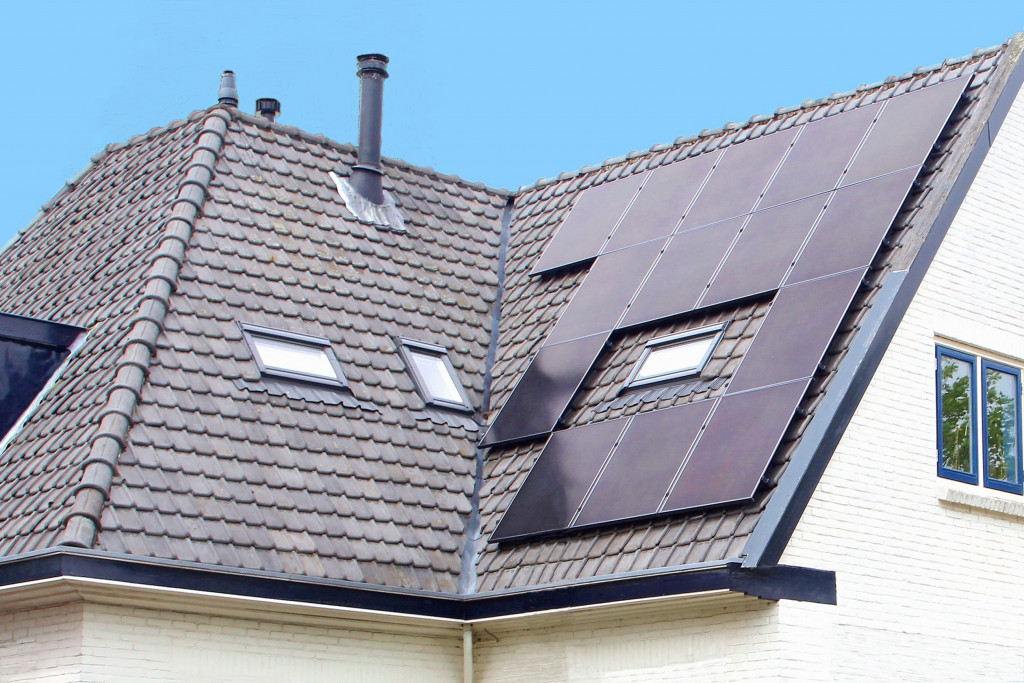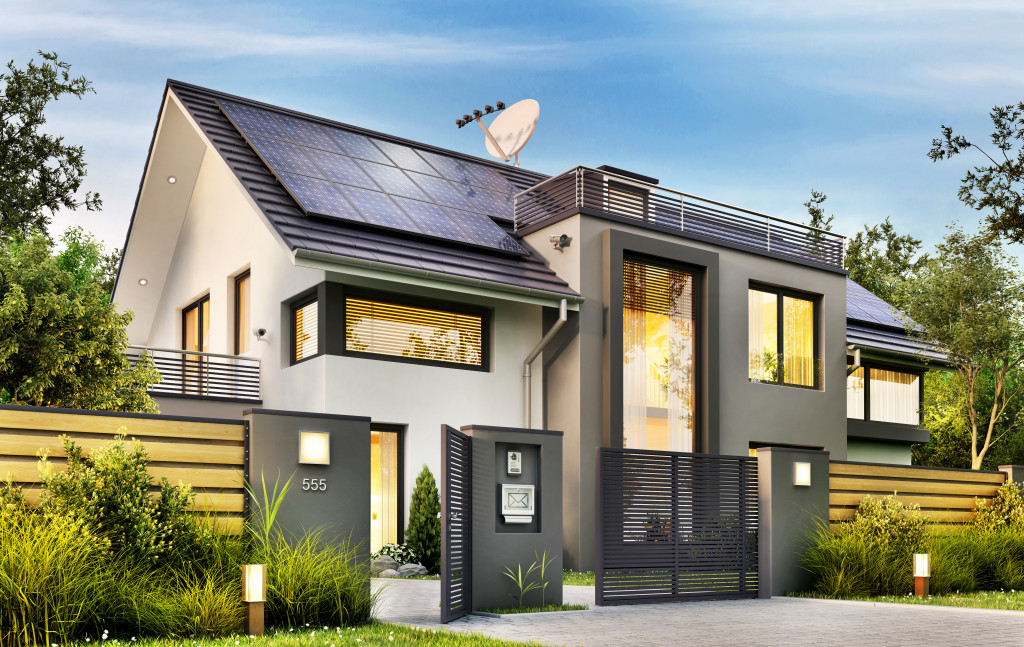• Replace lightbulbs with LEDs to reduce electricity usage by up to 75%.
• Unplug electronics when not in use, and invest in energy-efficient products.
• Consider installing solar panels to reduce home energy costs and provide an eco-friendly energy source.
• Cut down on water usage by ensuring appliances are full before running them and replacing old fixtures with low-flow alternatives.
• Plant trees around your home to absorb carbon dioxide from the air and convert it into oxygen through photosynthesis.
There’s no doubt that reducing the amount of carbon your home produces each year is essential. Luckily, there are some easy steps you can take to reduce your home’s carbon footprint without having to make drastic lifestyle changes. Here are tips to get you started!
Replace Lightbulbs with LEDs
One of the easiest ways to reduce electricity usage in your home is by switching out regular lightbulbs for LED options. LEDs use up to 75% less energy than traditional bulbs and can last up to 25 times longer! When shopping for new lightbulbs, look for the Energy Star label, so you know you’re getting a product that’s proven to be energy efficient.
Unplug Electronics When Not In Use
You may think it’s not a big deal if you leave your TV or laptop plugged in when not in use, but it actually adds up over time. The best way to save energy here is to unplug electronics when they’re not being used. You can also invest in a power strip and plug multiple devices into one so that turning off all of them at once is easier.
Invest in Energy-efficient Electronics
When it’s time to upgrade your electronics, look for models which are more energy efficient. These products will help reduce your home’s carbon footprint while also saving you money in the long run. But how can you tell if an electronic is energy-efficient? Here are things to look for:
ENERGY STAR-certified products
Look for the Energy Star label when shopping for electronics. This means that the product has met certain efficiency standards set by the US Environmental Protection Agency.
Look for high-efficiency power supplies
Check the wattage of a device to find out how much energy it is using. Higher wattage often translates to lower efficiency.
Check for electronic standby mode
Many products have a standby mode when not in use. Look for electronics that consume less energy in this setting.
Look for automated power management
Electronic devices that feature automatic power-down settings can help you save energy without having to manually turn them off each time.
By investing in energy-efficient electronics, you’ll be able to reduce your home’s carbon footprint while also saving yourself money in the long run. Plus, you’ll be contributing to a healthier planet for future generations!
Invest in Solar Panels

Solar panels are a great way to reduce your home’s carbon footprint. Not only do they provide an eco-friendly source of energy, but they can also save you money on your electricity bills! To install solar panels, you must ensure your roof is in good condition. This is because the panels will be attached to your roof and must withstand all types of weather. If you have an asphalt shingle roof, you should first consider employing an asphalt shingle roofing company to replace any damaged shingles. They can also give advice on how to best care for your roof. Once your roof is in good condition, you can proceed with having the solar panels installed.
Cut Down on Water Usage
Water conservation is vital when it comes to reducing your home’s carbon footprint. Taking shorter showers, ensuring appliances like dishwashers and washing machines are full before running them, and using rain barrels or cisterns for irrigation are all great ways to reduce water waste and conserve resources in your household. Additionally, replacing old fixtures with low-flow alternatives will help reduce water usage even further.
Plant Trees Around Your Home

Trees play an important role in reducing emissions from our atmosphere by absorbing carbon dioxide from the air and converting it into oxygen through photosynthesis—a process we all benefit from! Planting trees around your home not only has environmental benefits but also helps improve air quality and provides shade during hot summer days, which helps keep cooling costs down too!
Reducing your home’s carbon footprint doesn’t have to involve drastic lifestyle changes. Taking simple steps like replacing lightbulbs with LEDs, unplugging electronics when not in use, investing in energy-efficient products and solar panels, cutting down on water usage, and planting trees around your home can all help reduce the amount of emissions produced by your household each year. Not only will you be helping the environment, but you will also save money in the process!



